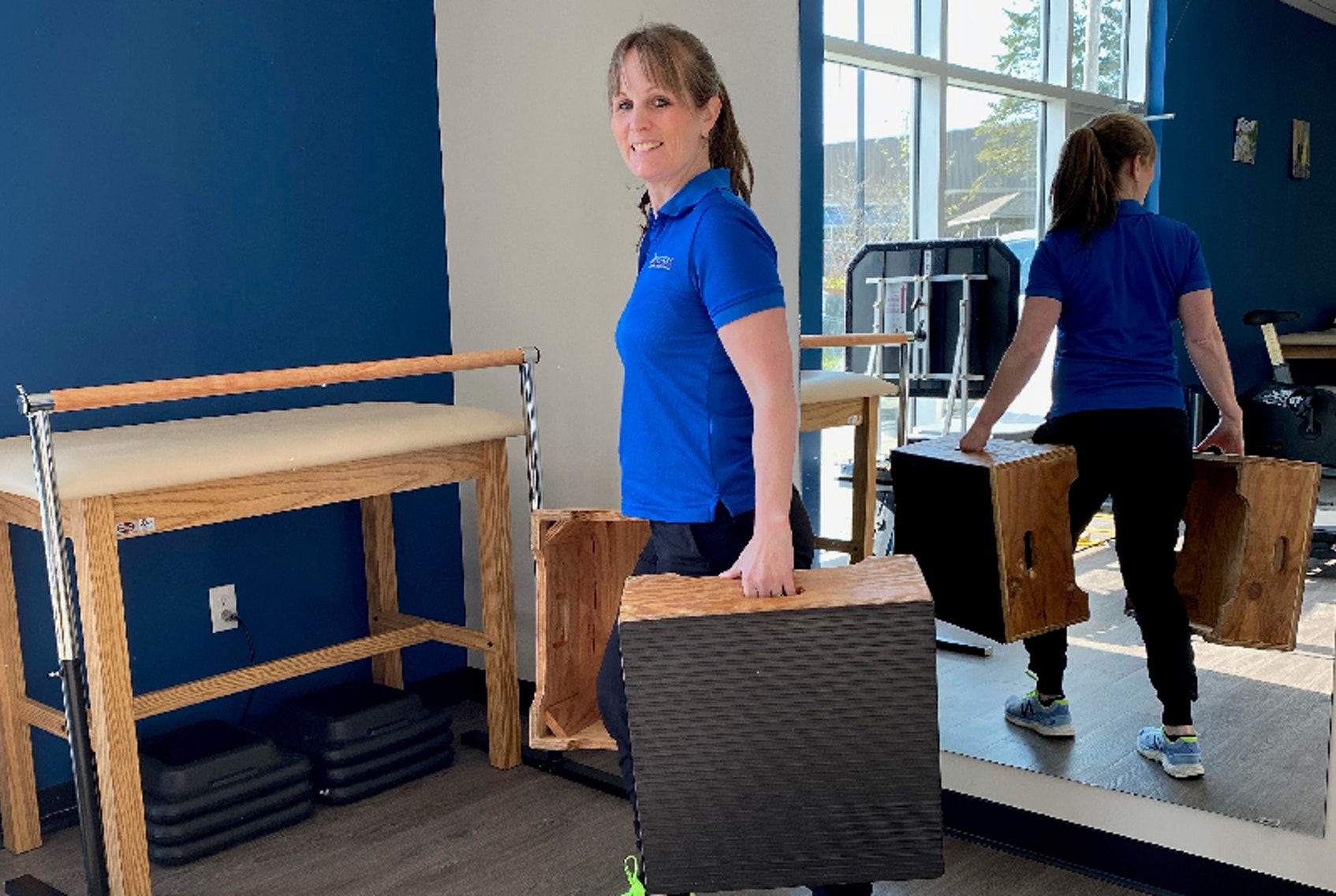In my last column, I reviewed some important principles of safe lifting that are often overlooked. Now, I want to outline ways to improve safety while carrying loads of varying sizes, shapes and weights.
More often than not, after we lift an object, it needs to be relocated. There is a high risk of injury during these relocation tasks. The tips that can help us stay safe while carrying objects can be divided into three basic categories: muscle activation, body position and load characteristics.
Muscle activation
After lifting an object, it’s important to ensure the deep abdominal muscles continue to be engaged to support the lower back and pelvic joints while carrying the object.
The deep abdominal muscle is closely associated with the diaphragm; this makes it tempting to hold our breath when it’s properly engaged. However, we must breathe during tasks that require exertion, like carrying. It brings necessary oxygen to our muscles, allows normal stabilization of the spine and reduces the likelihood of blood pressure spikes.
A good trick is to focus on exhaling. If we remind ourselves to breathe out, we will naturally take a breath in afterwards.
Body position
Bringing our attention to our body position while carrying an object can limit the risk of lower back injury and falling.
- Avoid shuffling steps. Small and/or shuffling steps leave us more prone to a stumble or trip.
- Keep your feet, hips and shoulders pointed in the same direction. Limiting twisting reduces risk to the lower back.
- Maintain an upright position and avoid leaning backwards to counterbalance the weight of the object. Heavier objects can cause us to lean back, but this position places excessive stress on the lower back.
Load characteristics
When carrying heavier objects, there are several simple strategies we can use to limit the stress on our body as we move.
- Keep the weight close to the body (i.e. hug it to the chest).
- Ensure the weight isn’t pulling the neck and shoulders forward or downward.
- Divide the weight into equal loads and hold in the left and right hands simultaneously.
The other important situation to consider is when lifting multiple light items. This scenario can lead to objects slipping, causing unexpected jerking movements or slips, trips and falls. An easy fix for this situation is to put multiple light and/or awkwardly shaped objects into a light box to limit the chance of any unpredictable movements associated with shifting positions.
My last tip with regard to safe carrying (and lifting) involves pacing. Taking short, frequent breaks during heavier work can go a long way in helping our bodies cope with stressful activities. The right frequency of breaks will be different for everyone based on fitness, concentration and skill. However, a good rule of thumb is to change our activities every 15 to 20 minutes.
The more we can employ these tips, the more resilient our bodies will be while lifting and carrying.
Book an assessment with Zoomers
Use our online booking tool to find a time that works for you!


